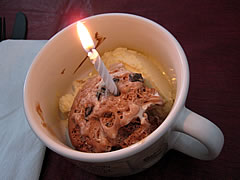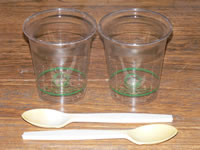Plastic-Eating Fungi: Environmental Salvation or Distraction?

Recently, several readers, including my dad, have forwarded me articles about a group of Yale students who discovered an Amazonian fungus (pestalotiopsis microspora) that can not only eat polyurethane plastic, but can actually survive on it as its sole source of carbon. Could a fungus be the solution to our plastic pollution problem? And what does it mean in terms of the kinds of plastics we see littered every day?
Let’s stop and think it through.
There are many different types of plastic polymers. In general, single-use disposable products, the kind that make up the bulk of municipal plastic waste, are made from polyethylene terephthalate, high and low density polyethylene, polyvinyl chloride, polypropylene, or polystyrene. Not polyurethane. Polyurethane is used as foam for furniture cushions, car seats, and mattresses; garden hoses; footwear;Â liquid varnishes; Â and a whole host of other durable products–not the kind… Read the rest
















